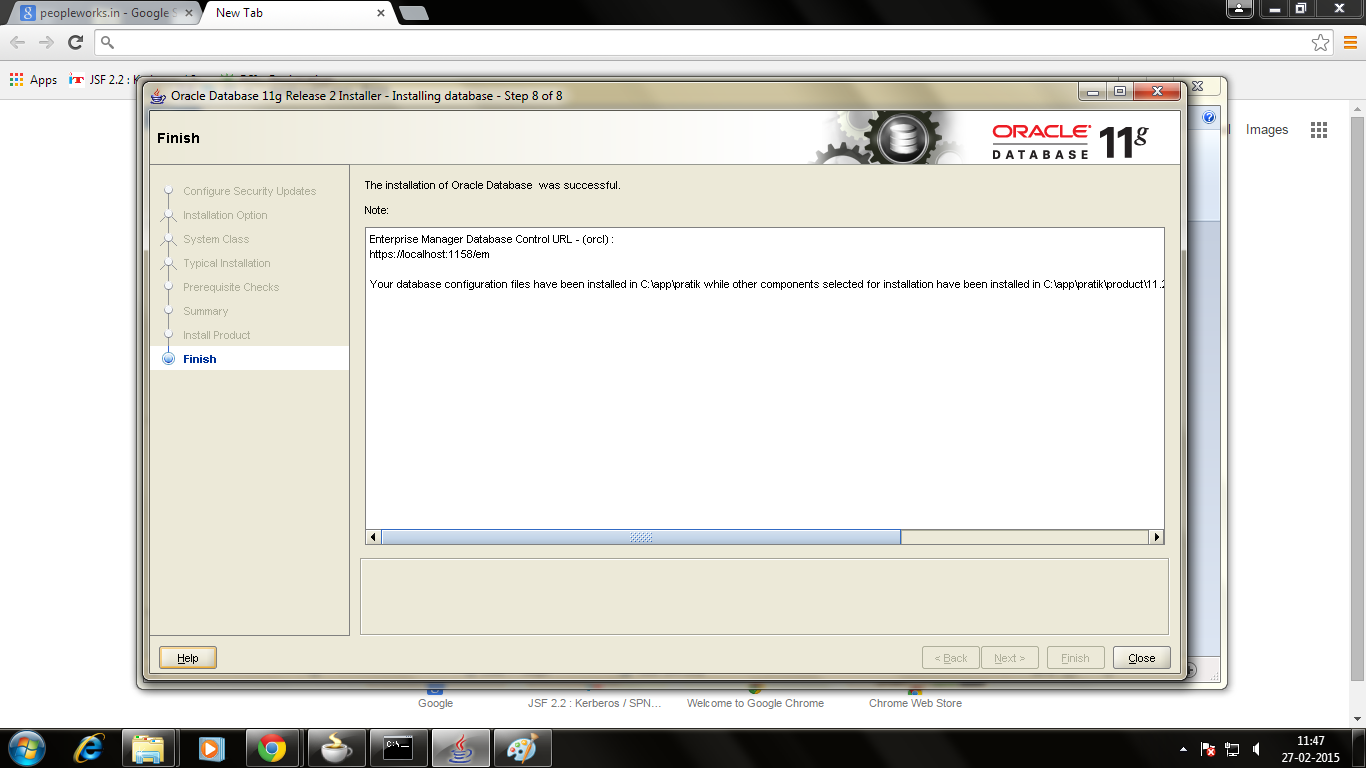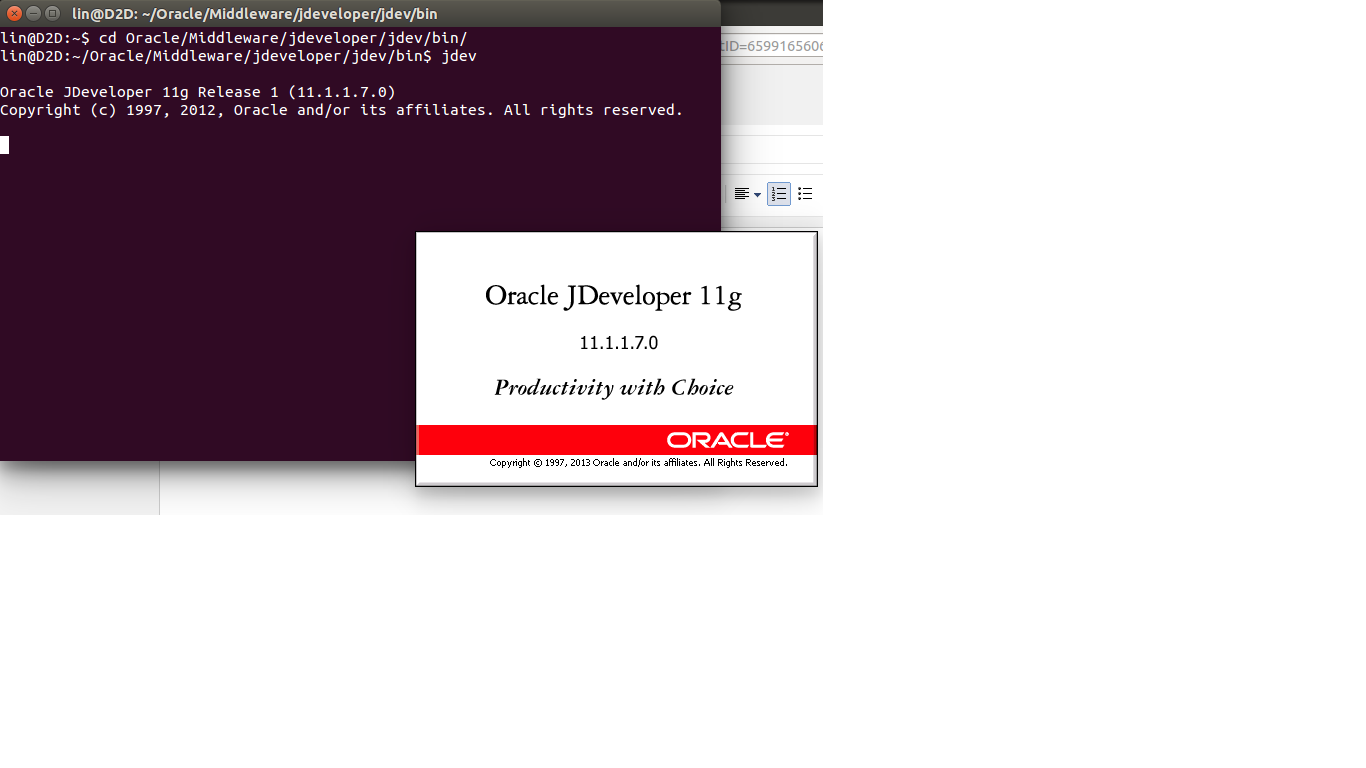Hi Friends..
How To Use System Restore in Windows 7
Navigate to the Start -> All Programs ->Accessories -> System Tools program group.
Click on the System Restore program icon.
Click Next > on the Restore system files and settings window.
Choose the restore point that you want to use.
Note: Check the Show more restore points checkbox to see more than
the most recent restore points.
Note: Any restore points that you created, scheduled restore points that Windows 7 created, and those created automatically during the installation of certain programs will be listed here. You can not use System Restore to undo Windows 7 changes to a date that a restore point does not exist.
- Click Next >.
- Click Finish on the Confirm your restore point window to begin the System Restore.
Note: Windows 7 will shut down to complete the System Restore so be sure to save any work you might have open in other programs before continuing.
Important: System Restore will not revert any of your non-system files like documents, email, music, etc. to a previous state. These types files are completely unaffected by System Restore. If your intention with this tool was to recover a deleted non-system file, try using a file recovery program instead of System Restore.
- Click Yes to the Once started, System Restore cannot be interrupted. Do you want to continue? dialog box.
- System Restore will now restore Windows 7 to the state that was recorded in the restore point you chose in Step 4.
Note: The System Restore process could take several minutes as you see the "Please wait while your Windows files and settings are being restored" message. Your computer will then reboot as normal when complete.



























































